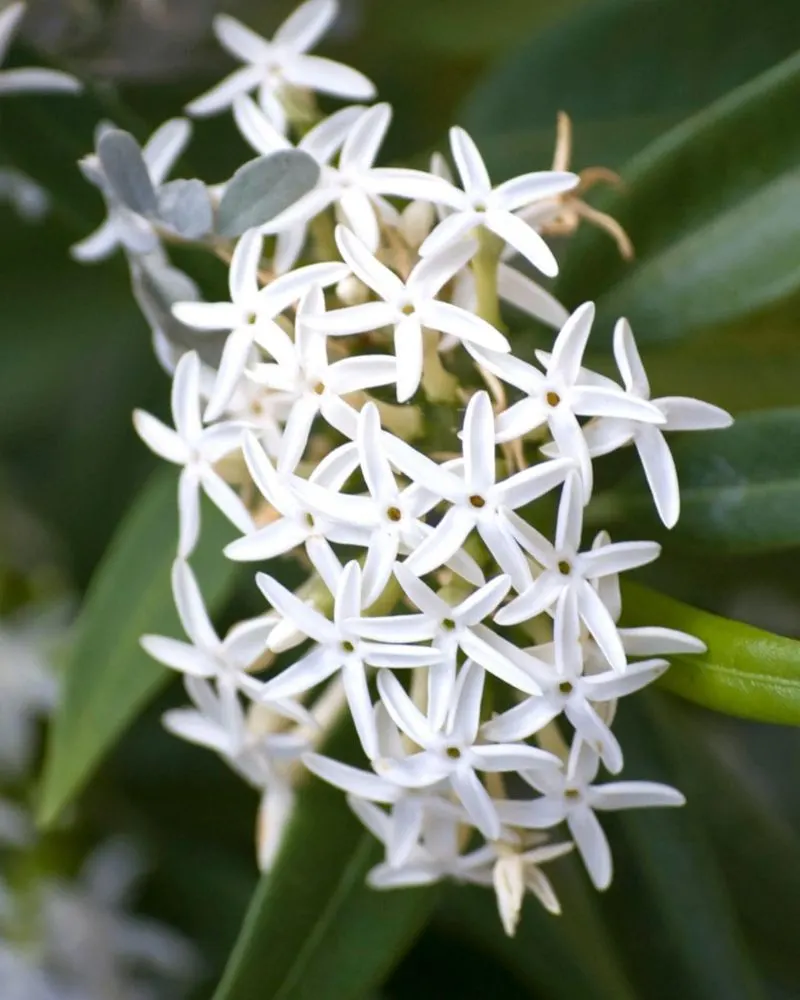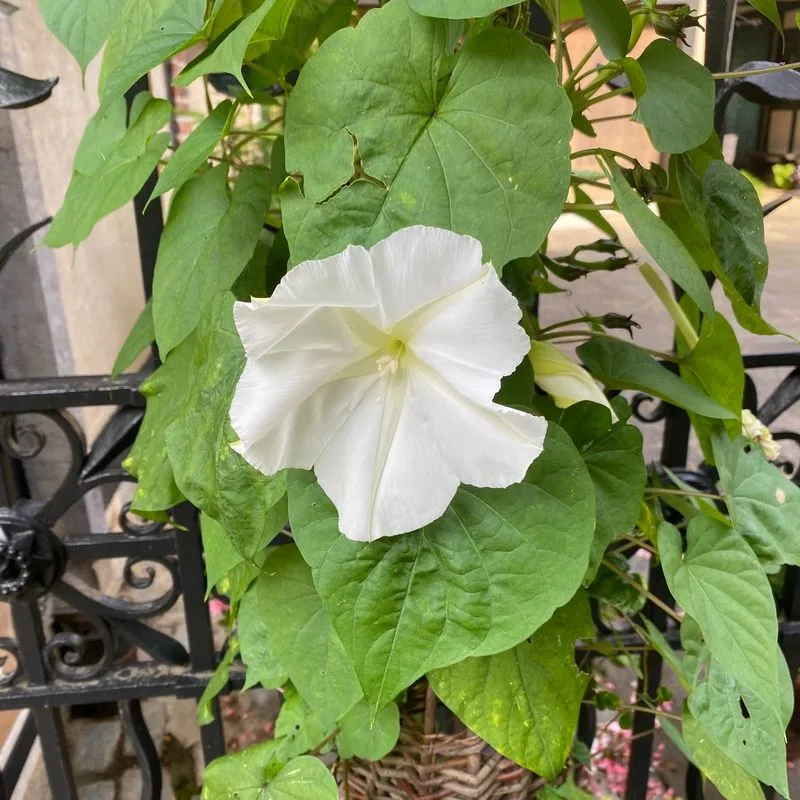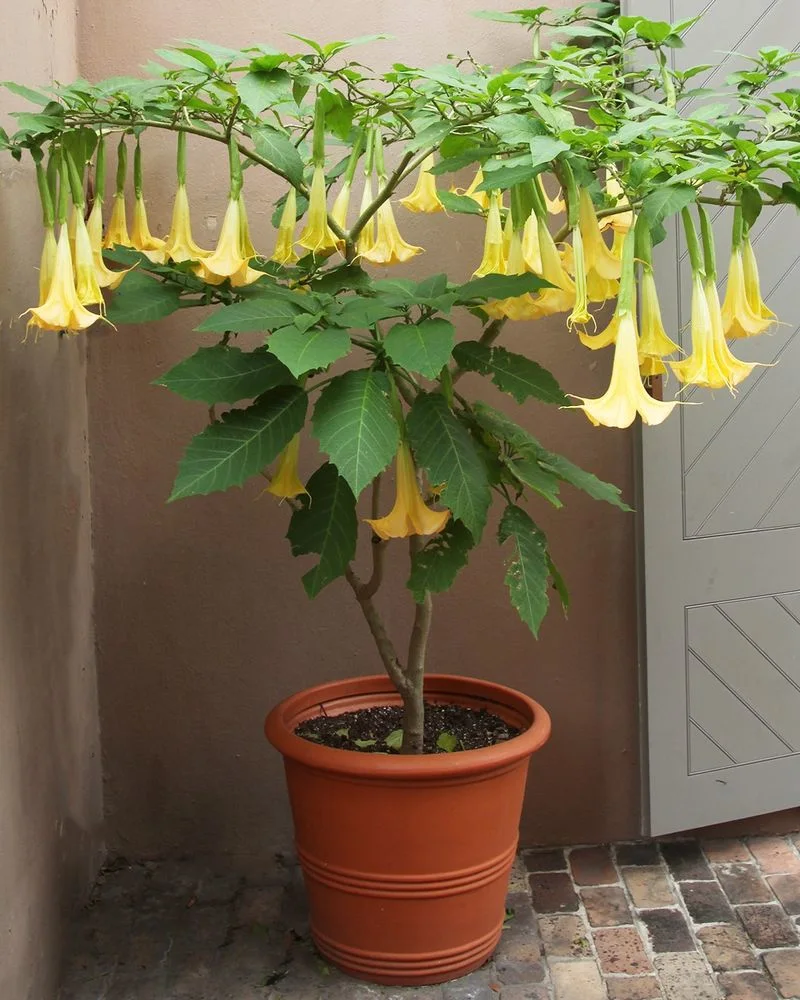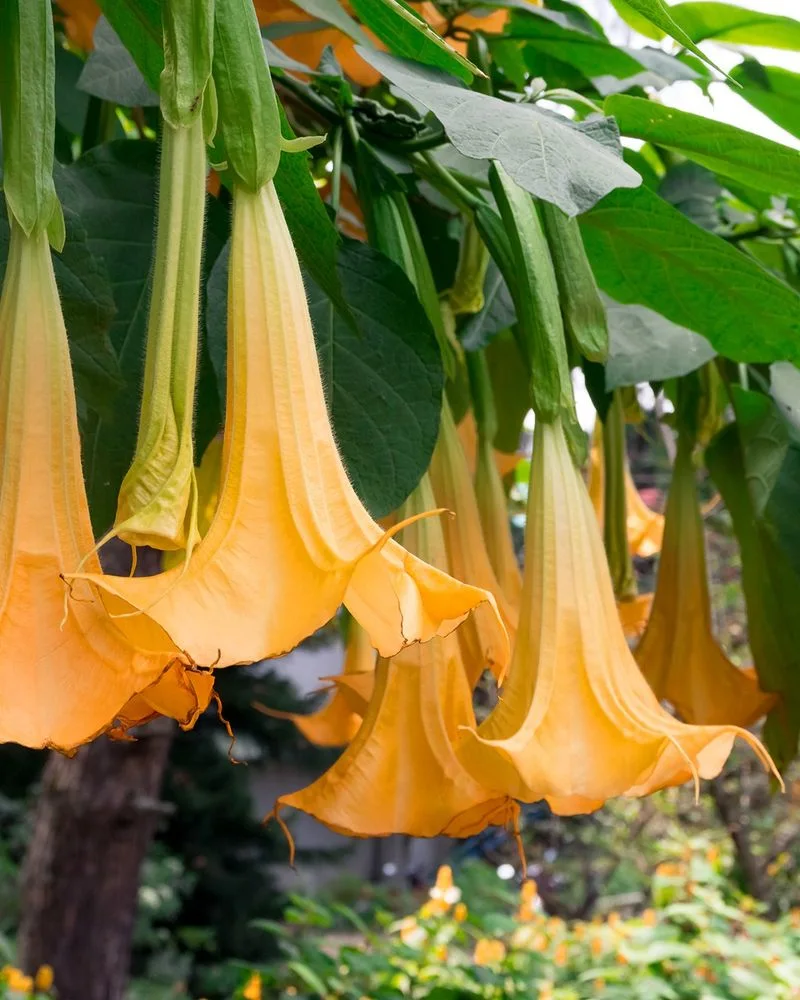Some plants wait for stillness. I began to notice certain species in my garden that unfolded only when things were calm—no digging, no footsteps, no noise. Their bloom wasn’t just about sun or season, but about silence.
It made me wonder: are there plants that respond to our presence—or absence—more than we think? Through quiet observation, I discovered a pattern of subtle blooming rhythms tied not to time, but to energy and attention.
In this article, I explore these “quiet bloomers,” how they react to their environment, and how designing for calm moments can unlock a more intimate, responsive garden—one that meets you in stillness, not speed.
The Night-Blooming Jasmine

In the hush of night, the night-blooming jasmine unfurls its delicate white blossoms, releasing an intoxicating fragrance. This enchanting plant prefers the coolness and calmness of nocturnal hours to showcase its beauty. Its blossoms remain closed in daylight, conserving energy for their nightly display. Often found in tropical regions, it has captured the hearts of many garden enthusiasts. Ideal for those who appreciate late-night tranquility, night-blooming jasmine also attracts nocturnal pollinators. A testament to the allure of quiet, these blossoms thrive when the world slows down. Discover its charm by experiencing a silent, moonlit evening.
The Queen of the Night Cactus

With a bloom as spectacular as its name, the queen of the night cactus reserves its floral show for the darkness. Opening for a single night, this cactus’s large, white flowers are a sight to behold. Found predominantly in arid environments, its blossom is a rare treat for those who seek it. This fleeting beauty is a reminder of the wonders that silence and patience can reveal. Many plant enthusiasts eagerly anticipate its bloom, gathering for nighttime viewings. If you yearn for a plant with a bit of drama and mystery, this cactus might be your perfect match.
The Evening Primrose

As day turns to dusk, the evening primrose comes alive, unfurling its yellow petals in the twilight. This plant transforms ordinary landscapes into enchanting scenes with its timely blooms. Its flowering serves as a subtle reminder that beauty can emerge even as the day fades away. Evening primroses are known for their resilience and adaptability, thriving in varied conditions. Their blooms are not just for show; they play a crucial role in supporting nocturnal wildlife. Witnessing their transformation at dusk can be a meditative experience for those who pause to observe.
The Moonflower

Moonflower vines await the cover of night to reveal their enchanting blooms. As the moon rises, their large, white petals open, creating a mesmerizing spectacle. These flowers are perfect for those who enjoy gardens that transform with nightfall. Originating from tropical climates, moonflowers thrive in warm, humid environments. They not only beautify gardens but also create habitats for nocturnal creatures. Observing moonflowers at night is like stepping into a different world, where silence amplifies their delicate beauty. A garden with moonflowers is a haven for night admirers and dreamers alike.
The Angel’s Trumpet

Angel’s trumpet, with its pendulous, trumpet-shaped flowers, finds its time to shine as the day winds down. These flowers, known for their striking appearance, emit a sweet fragrance that intensifies as night approaches. Native to South America, they add a touch of exotic charm to any garden. Their blooms are a favorite among those who relish evening strolls. While their beauty is captivating, angel’s trumpets also hold a mysterious allure due to their toxic nature. A garden adorned with these flowers is both a sensory delight and a reminder of nature’s complexities.
The Four O’Clock Flower

As the sun dips, the four o’clock flower begins its daily ritual of blossoming, painting gardens with hues of pink and white. This plant’s unique biological clock aligns with the cooler, quieter periods of the day. Its blossoms are a favorite among gardeners who cherish late afternoon tranquility. Originating from Peru, the four o’clock flower adds a splash of color and a dash of intrigue to any garden. These blooms are not only visually appealing but also attract evening pollinators. Their presence in a garden is a testament to the beauty of timing and nature’s rhythm.
The Brugmansia

Brugmansia, often mistaken for its relative the angel’s trumpet, offers a breathtaking floral display at dusk. Known for its large, fragrant blooms, this plant creates an air of magic in any garden. Native to the tropics, brugmansia thrives in warm climates. Its flowers, hanging like delicate bells, release a sweet scent that enhances the stillness of evening hours. Though beautiful, brugmansia’s toxic nature adds an element of caution for garden enthusiasts. It’s a plant that invites admiration from afar, perfect for those who appreciate nature’s delicate balance between allure and danger.

